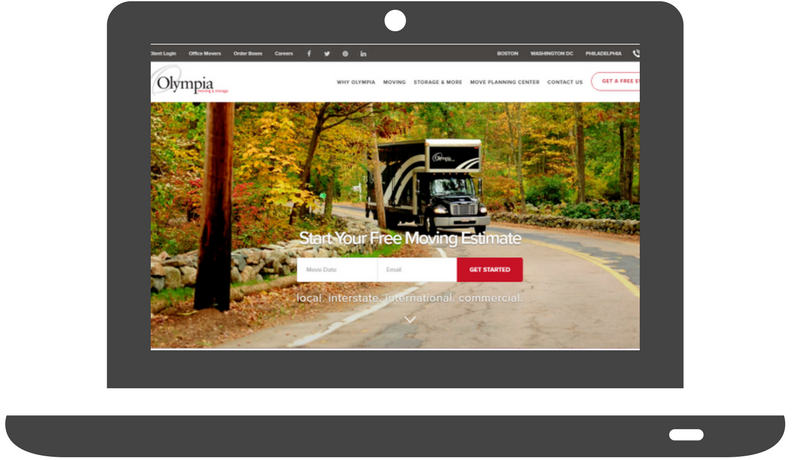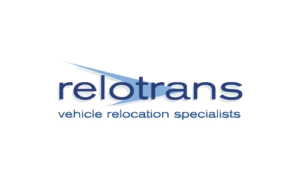 If you are moving interstate, you may require the help of more than just a moving company to complete your relocation. If you are flying to your new home, or only able to drive one of multiple cars, you may need to include vehicle transportation services in your move planning.
If you are moving interstate, you may require the help of more than just a moving company to complete your relocation. If you are flying to your new home, or only able to drive one of multiple cars, you may need to include vehicle transportation services in your move planning.
We asked our partners at ReloTrans®, a leading, independent provider of vehicle and specialty transportation services, focused exclusively on managed relocation, to share some advice with our customers who are need to plan a vehicle relocation with their move. With more than 14 years of experience in transportation, ReloTrans® had few tips for those embarking on a move and for those on the corporate side selecting third party service providers.
What’s a common mistake families make when planning a car transportation?
Vehicle transportation is very different from the process of shipping the family’s household goods and that is one of the most important distinctions that needs to be understood from the onset.
For household goods, the family’s items are typically on the truck alone or one of maybe two shipments, so the pick-up and delivery dates are more easily defined. With vehicle transportation the family’s car or cars are one/two of many on a car carrier, so the driver must make numerous stops both for pick-up and for delivery along the way. Because of this, it’s important, and we stress this with the transferees that we work with, to note that the car carrier is not going directly from point A to point B; they’re not going directly from the family’s existing home to their new one. Helping the transferee understand the spreads (range of dates) for pick-up and especially delivery are key.
One of the other major keys for a transferee to understand is that most often vehicles are being moved in an open air truck, or car carrier, whereas household goods are moved in an enclosed truck. This presents two additional differences that transferees need to understand.
- Because household goods trucks are contained, they can often get into tighter areas where car carriers cannot due to the risk of damaging the vehicles on the top row of the car carrier.
- Vehicles traveling on an open air car carrier are exposed to the elements, such as rain, road dust, etc., so it’s important to remind the transferee that their vehicle will likely need to be washed once it’s delivered.
Finally, and this is one that we review with every transferee, is the restriction that they cannot place items in their car for shipment. We’re often asked about this and it’s due to insurance regulations, but personal items, sporting goods, food, plants, etc., cannot be shipped in the vehicle. All household goods items must be shipped through the household goods carrier or carried on person during the final move trip.
 How does ReloTrans utilize technology to differentiate ourselves from other transportation companies?
How does ReloTrans utilize technology to differentiate ourselves from other transportation companies?
ReloTrans has a proprietary, cloud based, eTrans™ technology solution that provides all transferees with unprecedented real-time access to their comprehensive move data. Through eTrans, transferees have the ability to complete a pre-move assessment, check on the status of their move, track their vehicle, reach their Relocation Coordinator, and check the status of a claim.
Leveraging eTrans and our one-to-one counseling we tailor our experience to each transferee, based on their individual communication preferences. During our initial conversation with the transferee, we ask them about their communication preferences (telephone, email, SMS text messaging) and we align our process with those preferences. If they prefer more than one, then we make that happen. As a service based business, specializing in relocation, we understand that communication is key and we’ve invested in tools and training to ensure that ours is best-in-class.
ReloTrans works with a lot of moving companies, what are some qualities families should look for in a mover?
The moving industry is more competitive than ever today and there are many companies offering low cost, discount services. Buyer beware, because like many things, you may be getting what you pay for. Our best advice for anyone looking for a mover or transportation service is to do your research.
- Conduct online research.
- Did they come recommended? If not, seek out recommendations.
- Review any and all estimates in detail.
- Speak with them either on the phone or in person.
- Ask about their communications processes, their support, insurance, and online tracking resources.
Responsiveness, attention to detail and excellent follow through on commitments are all qualities we pride ourselves on ReloTrans. There are many companies competing for relocation business these days, but not all of them are willing to put forth the customer service that makes a difference during this important and what could potentially turn into a stressful time in a relocating family’s life.
You can learn more about ReloTrans at http://relotrans.com
Ready to plan your move with vehicle transport? Request a free moving estimate and select “car transport” under additional services.
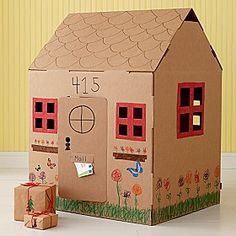
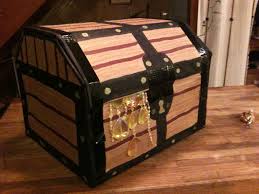
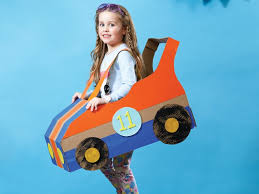
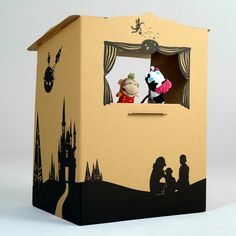
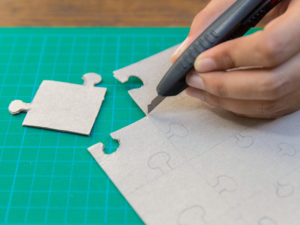
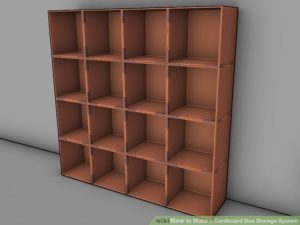

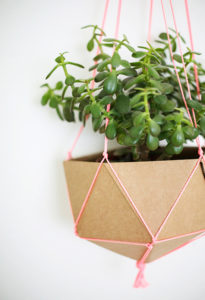



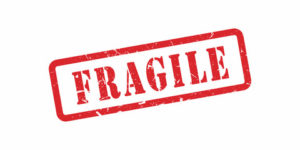

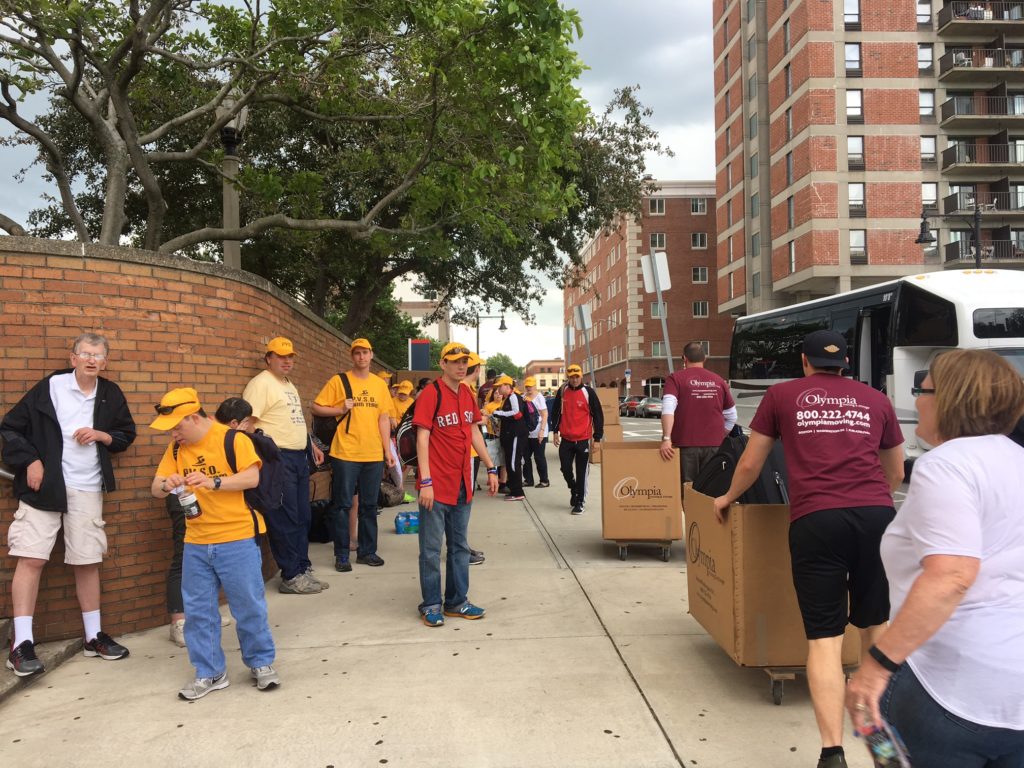
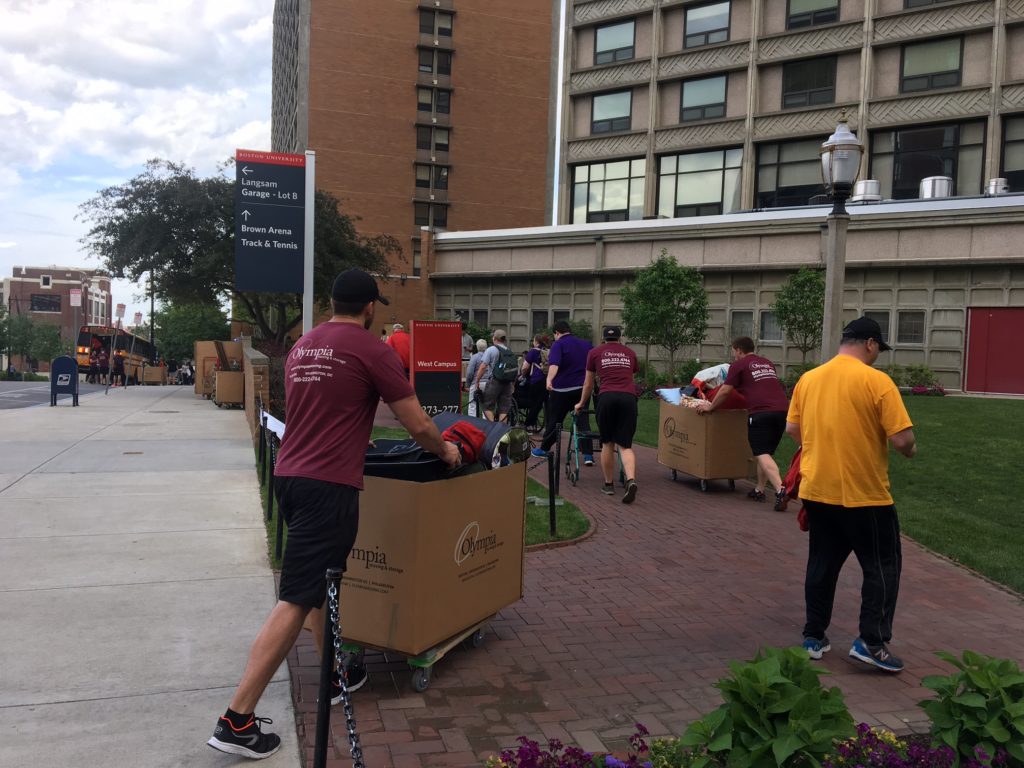

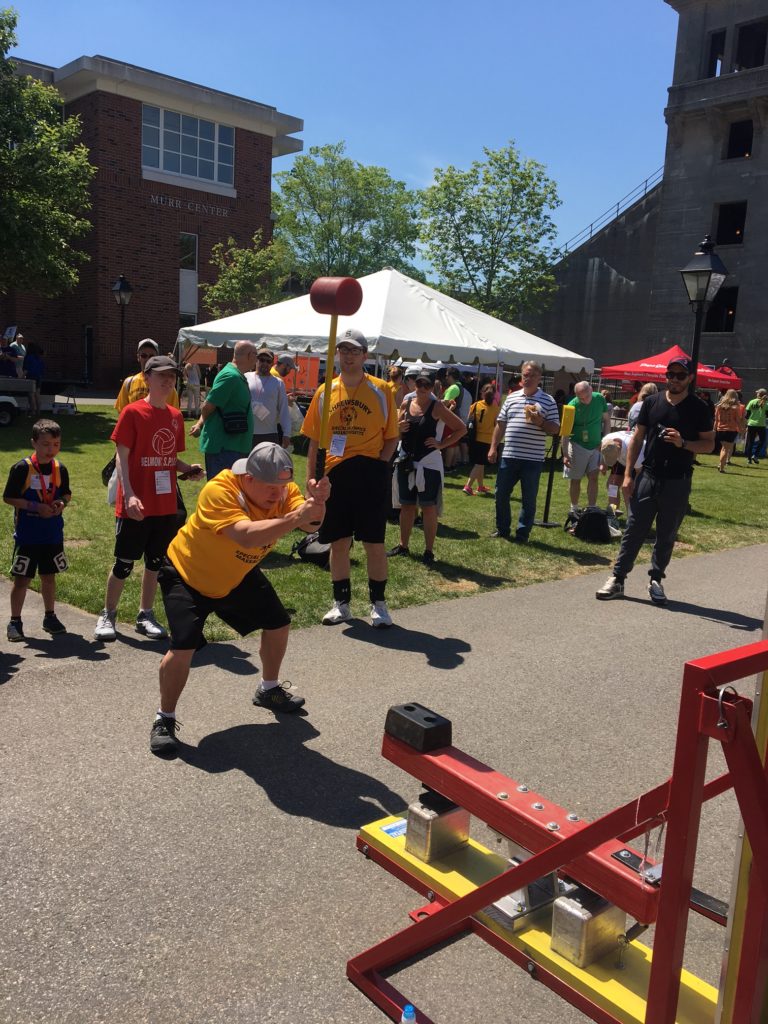
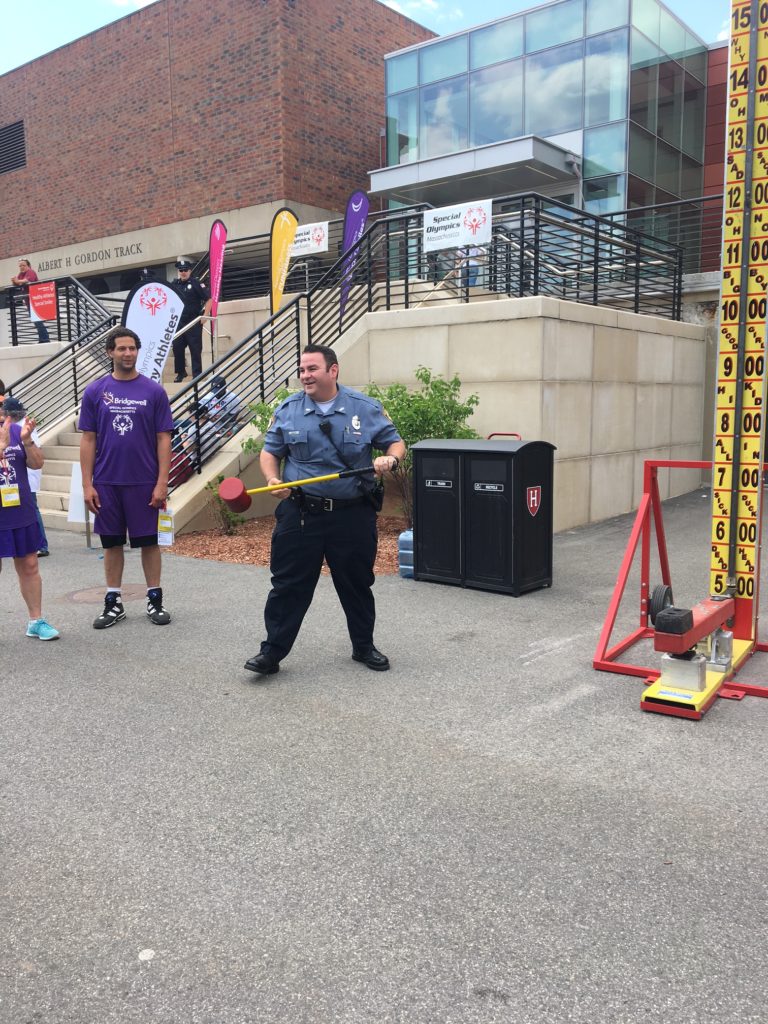
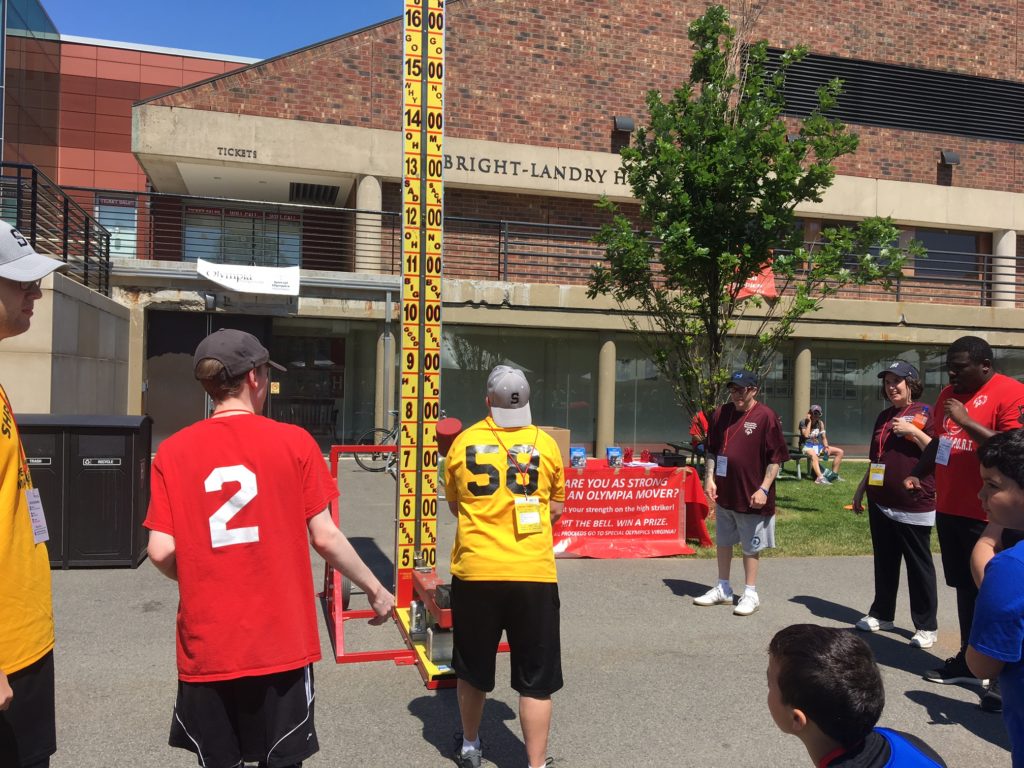
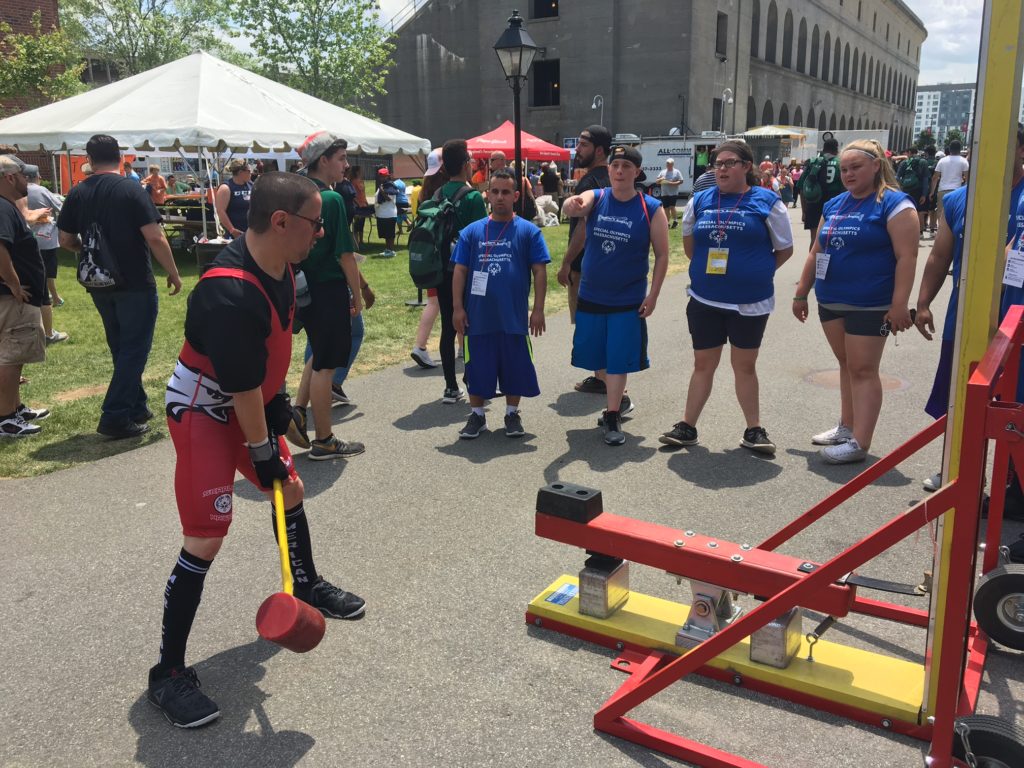
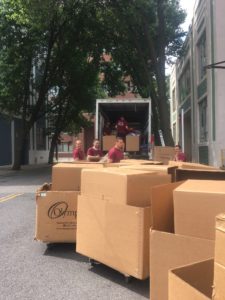

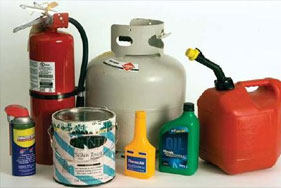 For the safety of your shipment, there are several items that are illegal to move on our moving trucks. These items are flammable or combustible, so they cannot be moved on the truck as a safety precaution to prevent fires. Other items, such as cleaning agents and bleach, are both flammable and if they leak they could potentially ruin your furniture on the shipment. Be sure to discard these items before your move or move them in your own vehicle.
For the safety of your shipment, there are several items that are illegal to move on our moving trucks. These items are flammable or combustible, so they cannot be moved on the truck as a safety precaution to prevent fires. Other items, such as cleaning agents and bleach, are both flammable and if they leak they could potentially ruin your furniture on the shipment. Be sure to discard these items before your move or move them in your own vehicle. Although the crew is trustworthy and careful, we recommend transporting your small valuables and irreplaceable items as well as items that contain personal information in your own vehicle. Also remember to pack items that you may need during the course of your move, such as medication, closing documents, and laptops, to take on your own. Items that should not be moved on the truck include:
Although the crew is trustworthy and careful, we recommend transporting your small valuables and irreplaceable items as well as items that contain personal information in your own vehicle. Also remember to pack items that you may need during the course of your move, such as medication, closing documents, and laptops, to take on your own. Items that should not be moved on the truck include: If you are doing a multi-day or long-distance move, there are many items that should not be moved on the truck because they may be ruined in transit due to temperature changes on the truck. These items include:
If you are doing a multi-day or long-distance move, there are many items that should not be moved on the truck because they may be ruined in transit due to temperature changes on the truck. These items include:

 How does ReloTrans utilize technology to differentiate ourselves from other transportation companies?
How does ReloTrans utilize technology to differentiate ourselves from other transportation companies?